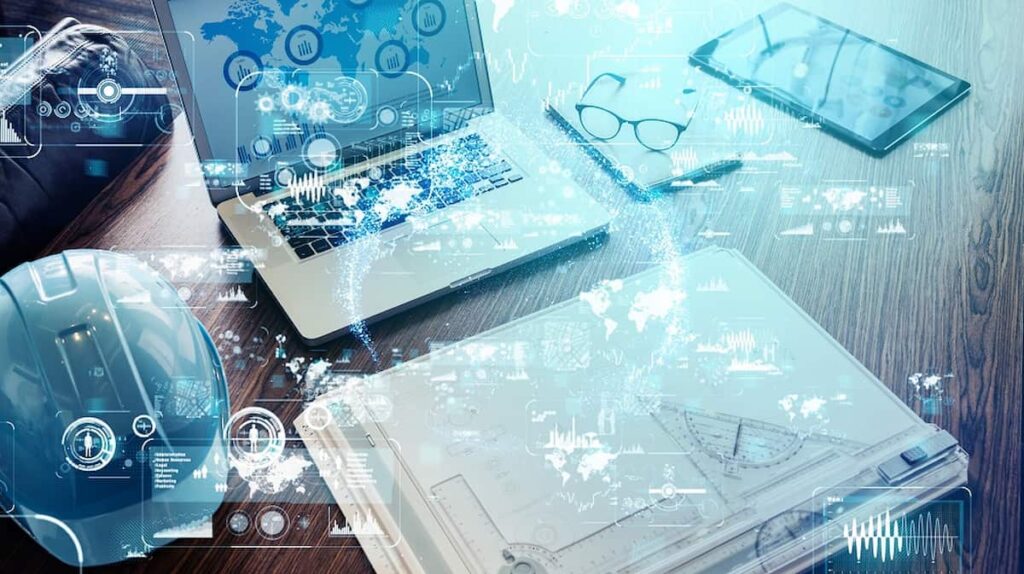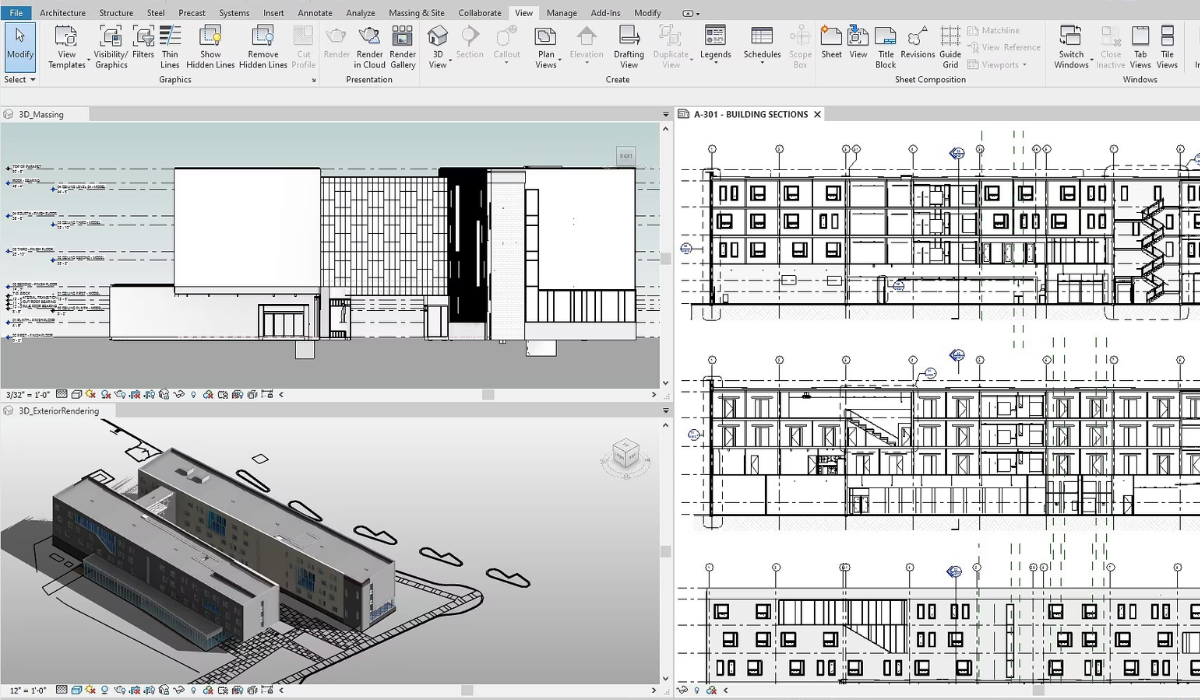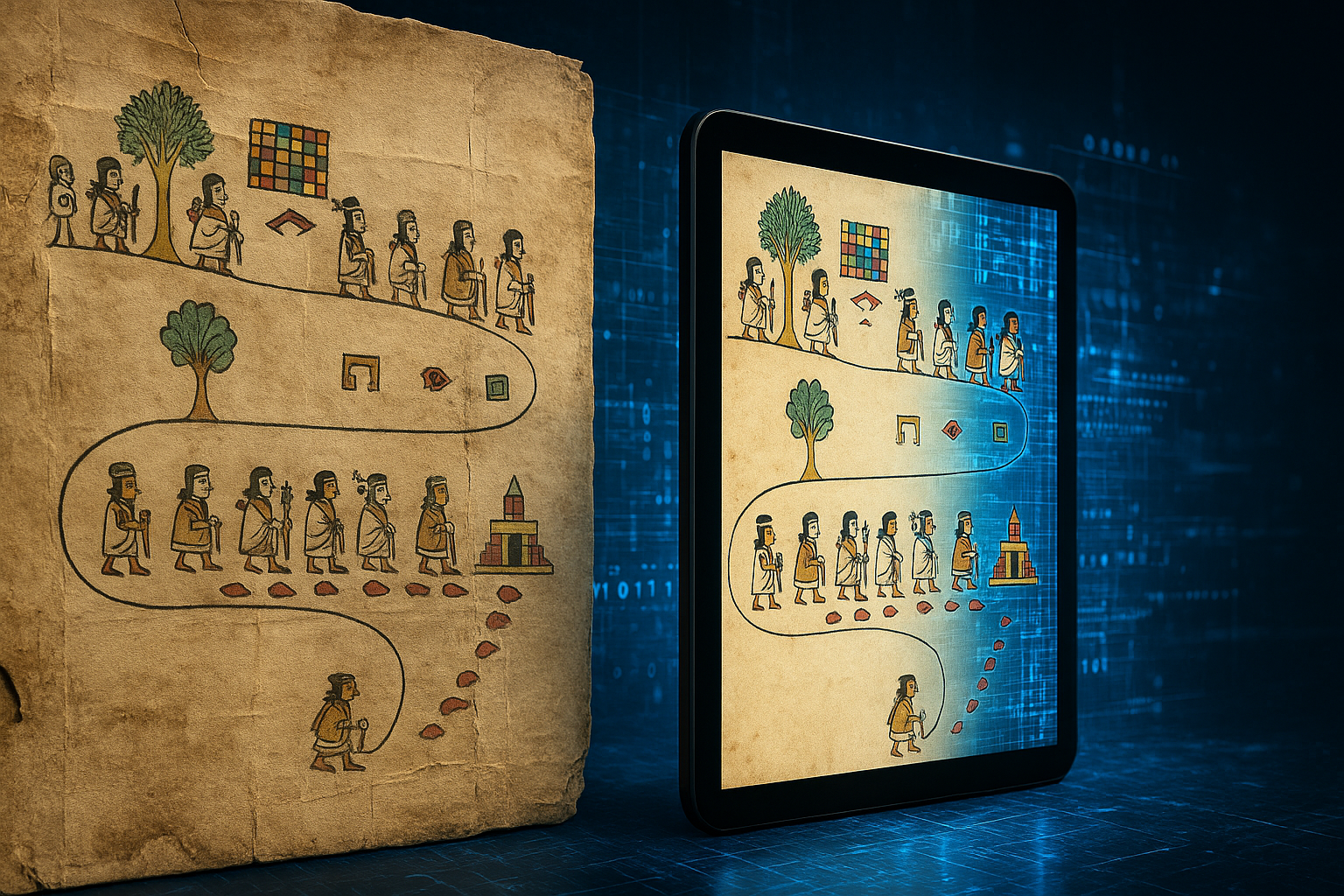The Significance of Digital Twins in the loT Era
In the rapidly evolving landscape of the Internet of Things (IoT), a remarkable technology called digital twins is gaining traction and revolutionizing the way we interact with the digital world. Digital twins offer a virtual representation of physical objects, enabling real-time monitoring, analysis, and optimization. In this article, we explore the significance of digital twins in the context of IoT, highlighting their definitions, benefits, real-world applications, and future prospects.
Definition of Digital Twins in IoT:
Digital twins are virtual replicas of physical entities, such as devices, machines, systems, or even entire environments. These replicas are created using real-time data collected through sensors, which are then analyzed and processed to mimic the behavior and characteristics of their physical counterparts. This digital representation allows for continuous monitoring, analysis, and simulation of the physical object, providing valuable insights and enabling data-driven decision-making.
Benefits of Digital Twins in IoT:
2.1 Enhanced Monitoring and Predictive Maintenance:
Digital twins provide a detailed and continuous view of the physical object’s performance and condition. By leveraging real-time data, anomalies and deviations from normal behavior can be identified, allowing for predictive maintenance. This proactive approach reduces downtime, optimizes asset utilization, and saves costs by preventing unexpected failures.

2.2 Improved Product Design and Development:
Digital twins enable product designers and engineers to virtually test and simulate their creations before physical implementation. By analyzing the digital twin’s behavior and response to different scenarios, potential issues and design flaws can be identified and resolved early in the development process. This iterative approach enhances product quality, reduces time to market, and lowers development costs.
2.3 Optimized Operations and Efficiency:
Digital twins facilitate real-time monitoring and optimization of operational processes. By analyzing the digital twin’s data, organizations can identify inefficiencies, streamline work-flows, and optimize resource allocation. This results in improved operational efficiency, reduced waste, and increased productivity.
Real-world Applications of Digital Twins in IoT:
3.1 Manufacturing and Industrial Processes:
Digital twins find extensive applications in manufacturing and industrial settings. They enable manufacturers to monitor and optimize the performance of production lines, machinery, and equipment. By integrating real-time data from sensors, manufacturers can identify bottlenecks, optimize processes, and predict maintenance needs, leading to improved productivity and reduced downtime.
You may be interested: Digital Twins in Real Life: Examples.

3.2 Smart Cities and Infrastructure:
Digital twins play a crucial role in the development and management of smart cities. By creating virtual replicas of urban infrastructure, such as transportation systems, buildings, and utilities, city planners can simulate and optimize resource allocation, traffic flow, energy consumption, and environmental impact. This enables sustainable urban development, efficient resource management, and improved quality of life for citizens.
3.3 Healthcare and Personalized Medicine:
In the healthcare sector, digital twins hold immense potential for personalized medicine. By combining patient-specific data with medical knowledge and simulation models, healthcare professionals can create digital twins of individuals. These twins can be used to simulate the effects of different treatments, predict disease progression, and optimize personalized treatment plans, leading to better patient outcomes and reduced healthcare costs.

Future Prospects of Digital Twins in IoT:
The future of digital twins in IoT is incredibly promising, with several exciting developments on the horizon. Here are a few prospects:
4.1 Integration with Artificial Intelligence (AI) and Machine Learning (ML):
Combining digital twins with AI and ML algorithms will unlock new possibilities. AI-powered digital twins can autonomously analyze vast amounts of data, identify patterns, and make intelligent predictions. This integration will enable proactive decision-making, automated optimization, and adaptive control systems.
4.2 Collaborative Digital Twins:
Collaborative digital twins will allow multiple entities, such as manufacturers, suppliers, and customers, to interact and share data within a virtual ecosystem. This collaborative approach will enhance supply chain visibility, facilitate seamless coordination, and enable rapid response to changes and disruptions.
4.3 Digital Twins in Cybersecurity:
Digital twins can be employed to create virtual replicas of complex IT systems, networks, and infrastructure. These replicas can serve as sandboxes for testing and analyzing potential vulnerabilities and security threats. By identifying and addressing security risks in the virtual realm, organizations can fortify their physical assets against cyber-attacks.

Digital twins are transforming the way we interact with the physical world in the IoT era. With benefits ranging from enhanced monitoring and predictive maintenance to improved product design and development, digital twins are proving to be invaluable across various industries. As technology continues to advance, the integration of digital twins with AI, collaborative systems, and cybersecurity will open up new frontiers of possibilities. Embracing digital twins and harnessing their power will empower organizations to optimize operations, drive innovation, and shape a more efficient and connected future.
References:
Gartner. (2020). The Internet of Things: What Is It? Retrieved from https://www.gartner.com/en/information-technology/glossary/internet-of-things-iot
Lohrmann, D. (2019). Digital Twins, Internet of Things (IoT), and Digital Transformation. Retrieved from https://www.linkedin.com/pulse/digital-twins-internet-things-iot-transformation-dan-lohrmann/
Join the new 4.0 digital age!



